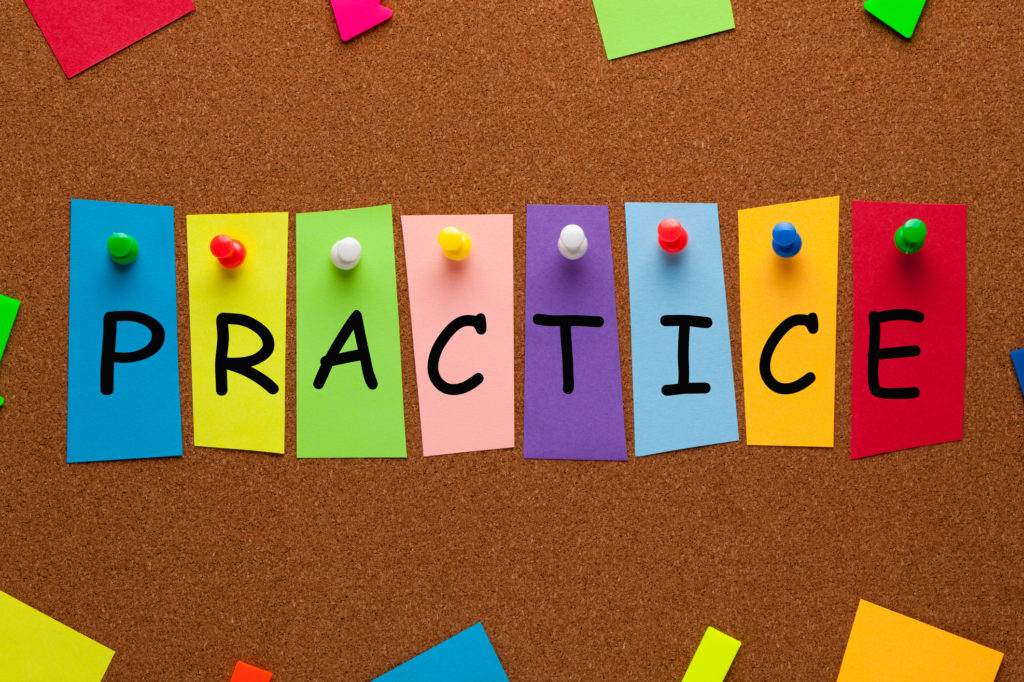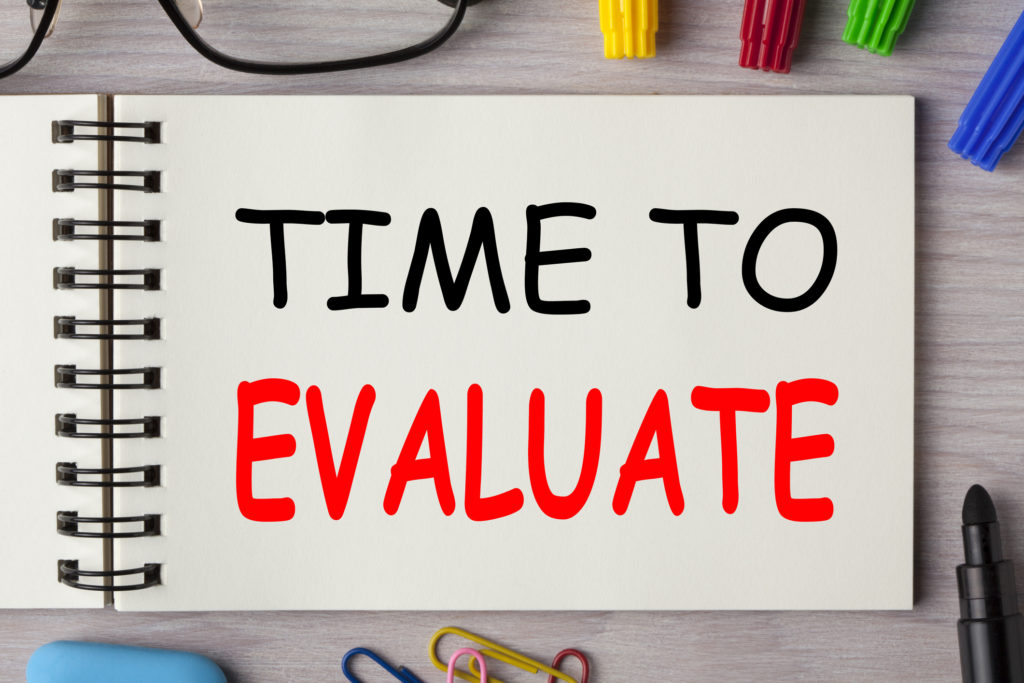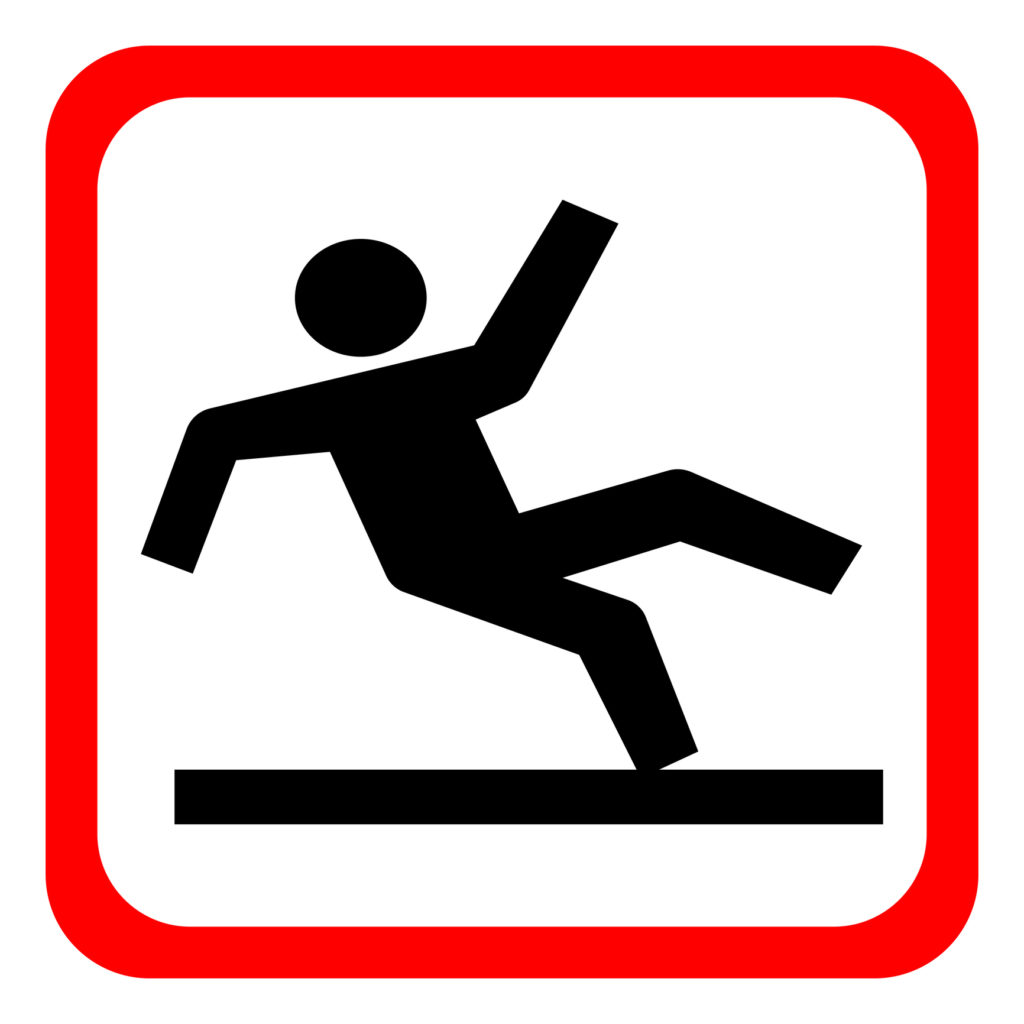Public Speaking Report 6: 8 Steps to a Better Practice Session

You know you should practice for your upcoming talk, but your schedule is packed. And, you don’t have much time to rehearse. Plus, you’ve read conflicting advice about how much time you should really dedicate to practicing, anyway.
Should you devote one hour of practice for every minute of your speech, as some have proposed? Is it two days? Eight hours? Five? Is it a power hour of the highlights?
There is not a single correct answer. Some speakers prefer just enough practice to make sure they’re prepared but not overly rehearsed, while others benefit from several full run-throughs. That said, we find that people tend to err on the side of too little practice, which means that repairs and adjustments that should have been made before they stand in front of an audience end up making it onto the stage.
The sweet spot, we find, is that point when you have practiced enough to know the flow so that your presentation always sounds fresh, not canned. When you know your stuff – when you’ve internalized rather than memorized the material – you can employ an in-the-moment focus before any audience. You can concentrate on the message you want to send, rather than the exact words needed to say it.
To internalize your material, you do have to practice. We offer eight steps that are less about practicing more and more about practicing smarter.
8 Steps to a Better Practice Session
If there is a road map to a better way to practice, you can find it in the very word itself. The letters spell out an approach that can work for beginning and experienced public speakers, alike. We begin – aptly enough – at the beginning – at “P.”

Preparation
Many speakers practice their talks in segments – first the opening, then the first main point, then the second main point, etc.
That’s not a bad plan, but it is an incomplete one.
Here’s the problem: While each main point tends to have a logical flow comprised of interrelated ideas, the transition to the next segment does not. So, it’s understandable that many speakers lose their way and stumble during their transitions.
There’s an easy fix. Rather than rehearsing each point independently of each transition, you can make your practice far more efficient by incorporating those transitions into each segment during your rehearsal.
Here’s how to break it up:
- Segment One: Open and Transition to Point One
- Segment Two: Point One and Transition to Point Two
- Segment Three: Point Two and Transition to Point Three
- Segment Four: Point Three and Transition to First Close
- Segment Five: First Close and Transition to Q&A and Second Close
By practicing in segments, you also can more effectively juggle time demands. You can put in the work for the first segment, take a break, and move on to the second. Running through too many full practice run-throughs early on may begin to feel redundant and cut into precious preparation time.
- Practice one segment at a time, speaking out loud. Utilize the method you plan to use in front of your actual audience. If you plan to deliver a script, break the script into segments. If you plan to use notecards, practice the segments with notecards.
- Work to deliver your opening without looking at your notes or reading your words – that goes for a script or bulleted notes. A warm and engaging opening, with strong eye contact with your audience, will go a long way toward forming a great first impression and connection with the audience. The same goes for your closing.
- Also pay close attention to delivering seamless transitions between topics and setting up your slides.
- Run a stopwatch on each segment, which will give you an approximation of total running time. It also will reveal if you need to cut or, conversely, bulk up the material.
- If you feel bored while practicing a portion of your talk, trust your instincts! Look for ways to spice it up – more compelling stories or a more energetic delivery – or chop it. If you feel uninspired, just think what the audience will feel.
- When you are satisfied with each segment, and happy with the timing, you are ready for a full run through (or several).
We move on to the letter “R” and the ideal location for putting those segments together.

Recreate the Environment
Athletes do not practice in living rooms. They practice on the courts and fields on which they play. It’s a lot easier to make that throw to first base or sink that basket during game day if you have practiced that motion time and time again in the same conditions.
Ideally, you will conduct your first run-through and subsequent practice runs (if feasible) in the room or hall in which you are delivering your presentation. If you can approximate “game day” conditions as much as possible – such as the time of day, the lighting, etc. – then even better. Research suggests where you learn something affects later recall. In one classic study, participants learned a different series of new words in two different locales. When the participants were tested on recall, they did better when the list matched the environment in which it was learned. They recalled fewer words when questioned in a new setting.
The next best thing
If you are unable to rehearse where you will be giving the talk, recreate the experience as best you can. For instance, rehearsing in a small, cozy workspace works best for a sales training with a half-dozen people, but it is not so effective if you are giving a talk on a stage in a cavernous lecture hall.

A scene of a virtual audience from the VirtualSpeech app
There are several virtual reality apps to help public speakers experience a conference room or auditorium setting, along with digitally created, but real-to-life audience members that shift and cough, as their human counterparts are likely to do. Some of the apps allow you to record and play back your speech, which, as you will learn later, is an immense help in creating a powerful and effective presentation. Among the apps are Virtual Orator, VirtualSpeech, #BeFearless, Ovation, and Public Speaking Simulator VR.
Here are a few other things to consider during your run-throughs:
- If planning a demo, don’t wait until the actual speech to find out if you know how to operate everything. Test it out during rehearsal.
- If you plan to deliver the talk while standing, stand up.
- Run through your slides as you would during your talk.
- Make sure you test the lighting and power sources if you are rehearsing in the room where you are presenting. (If you are not able to practice in the presentation space, plan to arrive early for your actual presentation to set up your equipment and check for any technical glitches.)
As part of recreating the experience, you need a live audience, which brings us to “A.”
Assemble a Practice Audience

Ideally, you gather a group of friends, colleagues, and other volunteers to be your audience in the room where you will be presenting. If that’s not possible or practical, you also can enlist volunteers for video chats or send recorded files to trusted friends to review at their convenience.
Try to gather a mix of people so you can test your subject on those who know it well and those who don’t. Both groups will likely provide you with different, and equally valuable, feedback.
Here are some other considerations:
Start early. Line up practice runs as soon as possible, so you leave yourself time to incorporate any feedback and go through a couple more run-throughs. If you are facing a time crunch, this might not be feasible, but if you can avoid making significant changes the night before, you are likely to be more confident in your next-day presentation.
Offer directions. Encourage them to listen, yes, but not to act “perfect.” A bit of shuffling and rustling of papers or a break in eye contact will give you an opportunity to adjust to distractions and gaps in attention before the actual presentation.
Provide a real-life experience. Do the run through as you would the actual presentation, out loud without breaking character and with no verbal shorthand (i.e., “I won’t get into everything today, but when I’m really presenting, I’ll be focusing on three steps to take.”). Later, when you evaluate your performance and get feedback, you can mark the sections that need work.
We move to the next step, which is listening to your audience. It’s where the “C” comes in.

Call for Feedback
Letting others see your speech before it goes “live” gives you a chance to elicit feedback and comments that you can use to improve the final product. However, it’s important to ask the right questions to receive the most helpful feedback.
If you only ask, “How did I do?” you might receive too general an answer to be helpful. “You were great” sounds nice, but it doesn’t give you the constructive criticism that you need. Conversely, “You were awful” undoubtedly stings, but, more importantly, provides no practical advice as to how to improve.
Here are specific questions you might ask:
- What did you think was my key message?
- Did I appear stilted in my delivery?
- Were my supporting details effective in further explaining my main points?
- Did you feel I was making enough eye contact?
- Were there areas that dragged, or you thought were repetitive?
- Does it appear as if I know my subject matter?
- Was I speaking too fast? Too slow? Without enough energy?
- Did I lose you? if so, where?
- What more than anything else, do you think you’ll remember?
When you’ve drilled down on those questions, you might ask a final, open-ended one: “What else did you observe?”
Your audience is just one part of the assessment puzzle. The next two pieces help you to become your own best critic. We are at the letter “T.”
Time (and Record) Yourself

While not every speaker has a hard ending to their presentation, speakers who go on too long run the risk of losing their audience’s attention.
Here are a few other reasons it’s important to time your practice run-throughs:
You can assess whether you’re creating a time crunch. Is one section taking up too much time at the expense of others? If the audience asks questions during your talk, have you left enough pad to ensure you can comfortably reach the end of your prepared presentation?
You can get a sense of how each section fits in to the whole. If every section is the same length, it can become predictable and monotonous.
You can experiment with your pace. Do you want to speed up for some points and slow for others? Have you left enough time to do both?
One caveat: Presentations often run a bit longer in front of a real audience than during a practice talk. Many speakers find themselves feeding off the energy of a live audience, adding a few more extemporaneous lines than expected, letting a round of applause or laughter linger, or pausing to allow a point to land. When you build in some wiggle room, you more expertly can deal when a question runs long or there is a momentary snag in the equipment.
Audio and video recordings
These days, we all have a voice recorder right in our pockets (or purses). The voice memo on your smart phone is an extremely effective tool when it comes to evaluating your performance. An audiotape of your performance reveals many things:
- the pace, pitch, and tone of your voice
- the energy you brought to your material
- the areas where you shined and where you stumbled
- the passages that should stay, be reorganized, or dropped
Having an audio recording is an extremely time efficient and portable way to practice. Listen to it during your commute, while you are exercising, or as you are running errands. Doing so offers you precious extra moments to familiarize yourself with the flow before your talk.

Have you been told to rehearse into a mirror? We generally advise against it. A video recording offers a more realistic approximation of how the audience will see you.
A video recording allows you to listen to how you deliver your content (as with audio), but also gives you a view as to how others see you. What are you saying nonverbally?
While it may not be the most comfortable thing to be videotaped, the process will reveal a treasure trove of information. You’ll want to focus on areas that will help you to deliver your information in the most authentic, compelling, and effective manner possible.
Here are some things to watch for:
Tone. Do you appear engaged and passionate about your topic?
Eye contact. Are you making quality eye contact with your audience and moving your gaze around the room?
Gestures. Are your movements adding emphasis or better explaining your words? Do you appear dynamic and energetic?
Distracting mannerisms. Are you repeatedly pulling on your tie, jingling keys in your pocket, tucking your hair, pacing in a predictable pattern, twirling your bracelet or a ring, etc.? These may only be habitual motions, but to an audience they may come across as nervous fidgeting.
When you watch the recording – whether filmed on a camera or a friend’s smartphone – identify two or three things you want to change and do another practice run. If you feel you have improved, and have the time, add another one and practice again.
As video and audio recordings reveal areas needing improvement, we look at the letter “I,” and its importance to creating a better presentation.
 Identify Trouble Spots
Identify Trouble Spots
Use your practice sessions to listen and look for the rough spots. This is more about your take on your work, rather than audience feedback.
Here are some questions you might want to ask yourself:
- Are there places that drag?
- Was I less than clear in my message?
- Did a story fail to connect?
- Was the first transition awkward?
- Is there a phrase I stammer over that I should replace?
- Did my opening have energy?
- Were the slides leading me, or was I leading the slides?
- Did I stumble through the opening? Do I need more time to internalize it?
Drill down and focus on every part of your talk. Polish, refine, and eliminate the rough spots. We are on to another “C.”
Curb the Anxiety
A shaky voice, a rushed delivery, nervous fidgeting, shortness of breath – these are all completely understandable responses to the anxiety that public speaking often induces. Fear can be a powerful motivator or a formidable de-motivator that perpetuates your anxiety.
During your rehearsal sessions, work to not only learn and understand the techniques that can ease those jitters, but practice using them. You will get a better handle on what strategies work best for you and the time and space you need to practice them.
Here are a couple:
- Positive visualization. A longtime strategy of top athletes, visualization is a mental rehearsal during which you imagine your performance from beginning to end. By recreating your movements in your mind and tapping your senses, you create – as close as possible – your vision of how you want your talk to go and how you will react – from your warm greeting, to an unexpected interruption, to your final words.
- Deep breathing exercises. The basic premise is to get you to focus on inhalation and exhalation so that you calm your fear and become fully immersed in the present moment. It is a form of concentrated relaxation. A quick search online shows there are many different techniques. Find the one that works for you.
Now that we have you relaxed, it’s OK to breathe a little. We are on to the final step. We arrive at “E.”

Evaluate and Adjust
Critiques don’t have to be cutting, nor do they have to be cautious. Criticism is most effective when it is constructive – whether it is self-directed or from others. If you listen carefully, constructive feedback leads to significant improvement.
As you assess the comments, try and work through any irrational reactions that will feed self-doubt. Ultimately, you don’t want your audience’s opinions to undermine your work. Nor do you have to implement every change. Assess the ones that feel right to you and improve your presentation.
Above all, be kind to yourself. The greatest way to do that is to become more analytical and less personal in your response to self- or crowd-sourced evaluations. The important thing is to focus on the areas you can control. For instance, don’t get caught up on your physical appearance in your video analysis. Sure, make the easy fixes – a better fitted suit, a more polished hairstyle – but you should be focused on the things you can change.
Here’s how you can do that:
- Pick two or three suggestions to address. As you conduct more presentations and practice sessions, you can tackle the other suggestions.
- Establish your priorities. This can be a difficult one if you are relatively new to public speaking and have received many opinions and comments. Is it more important to slow your speech or bulk up your main points? Is it more important to do both? If you feel overwhelmed, you can turn to a friend or colleague with more presentation skills experience or a professional public speaking trainer for some additional guidance. As you become more familiar with public speaking, you undoubtedly will gain a better understanding of how to assess the feedback and make changes.
- Focus on constructive comments. Even a “friendly” audience might offer up comments that are not always constructive. Focus on the observations that will improve your next performance, rather than those that tear you down.
Making changes
If you decide to edit your talk, and one of those suggestions is to cut total running time, don’t winnow each point to one support – whether that is a story, case study, or statistic – as it could make your presentation appear flimsy. Instead, cut one whole section and make sure your remaining key points are supported with compelling supports rich in detail and context.

Ready to Roll
If you have the luxury of time, it’s helpful to do one more run-through that incorporates changes brought about by your self-evaluation and audience feedback.
If you have limited time, you can thank that very first step you took. By practicing in segments, you can zero in on just one section or two. That will save time with revisions and additional practice.
Whether you are new to public speaking or an experienced presenter, practice produces the same result – speakers who can focus more on their audience and building a connection than worrying about the execution of their words or their reactions to the unpredictable moments that inevitably occur.
 I
I



